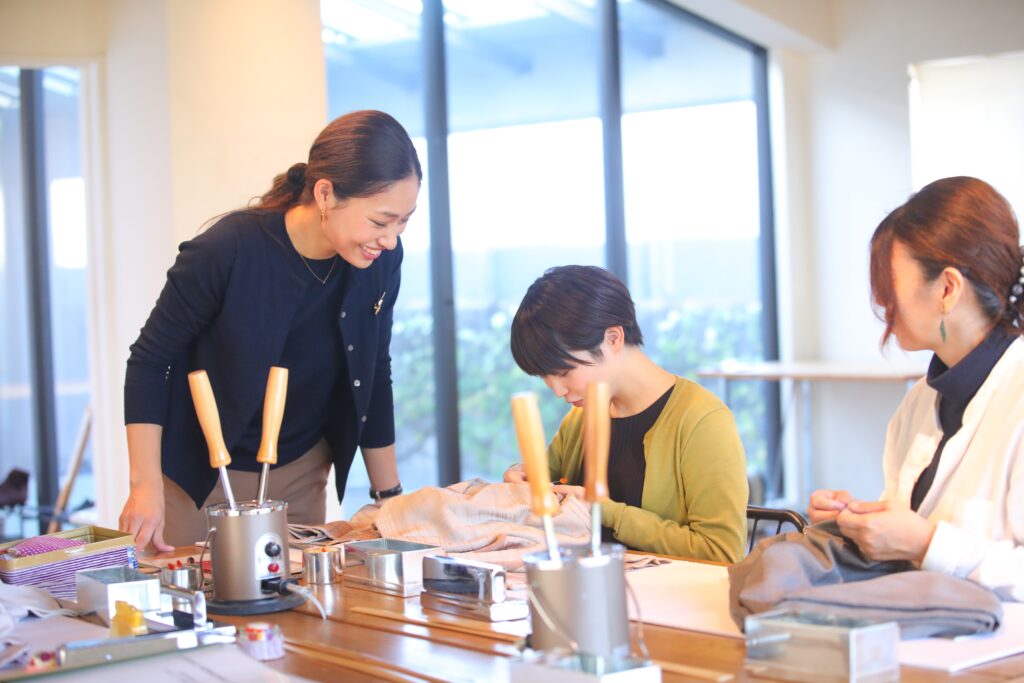Closed seams and open seams are the two most common types of seams used in sewing, not only for kimonos, and are given different names depending on how the seam allowance is handled. In kimono sewing, closed seams with “kise” are the basic type of seams. Here I would like to explain what a “kise” is.
What is “ Kise ”
Cloth sewn together with Unshin is finished by turning down the seam allowance outside the seam and iron. The area between the seam and the finish line is called the “kise.” (The area circled in red in the figure below)
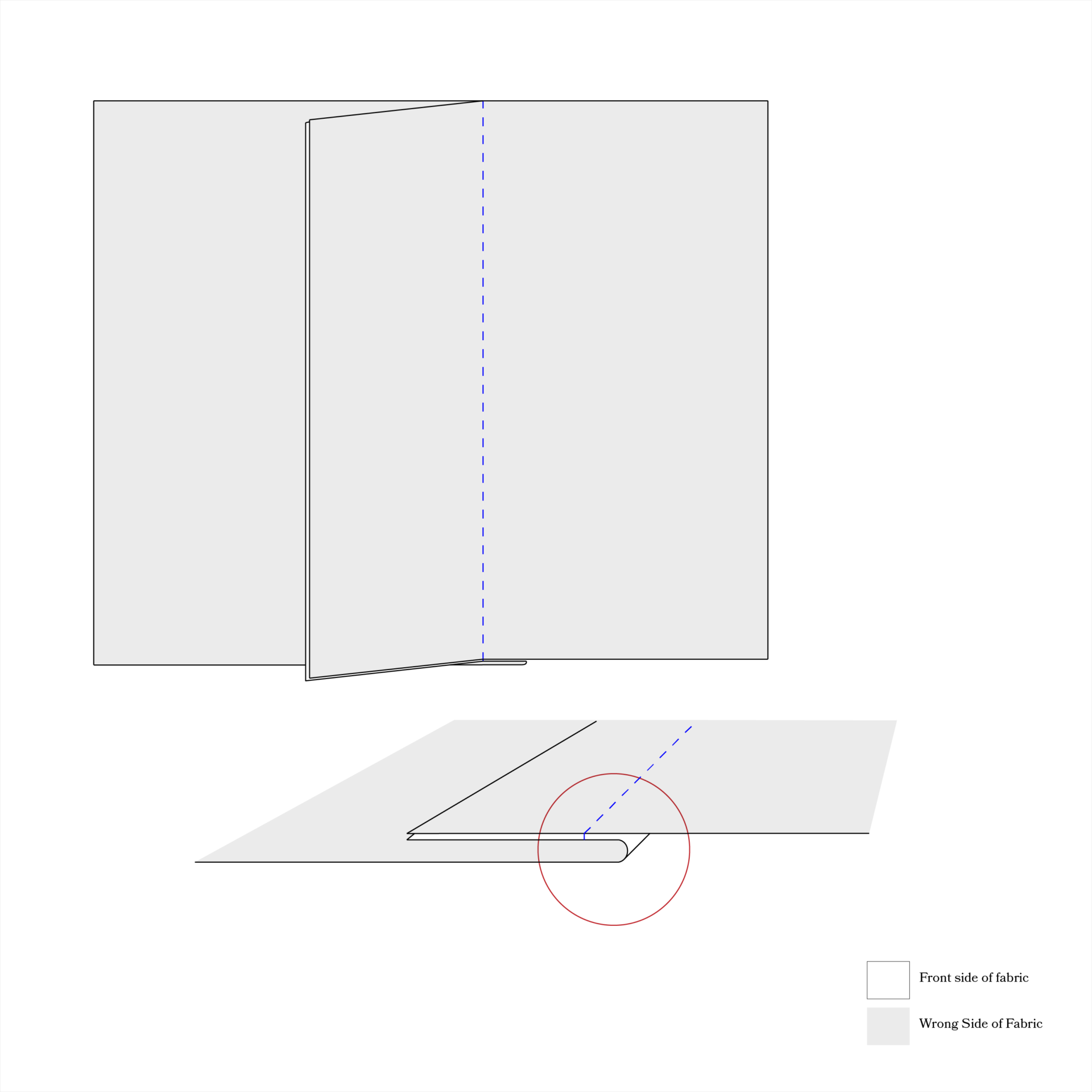
Depth of Kise
The depth of the crease is usually calculated at 2 mm, although it is often referred to as “deep crease” or “shallow crease.” When actually sewing, it should be less than 2mm, but it can be adjusted slightly depending on the thickness of the fabric and other factors. (The photo below shows the sewn fabrics with the kise in place.)
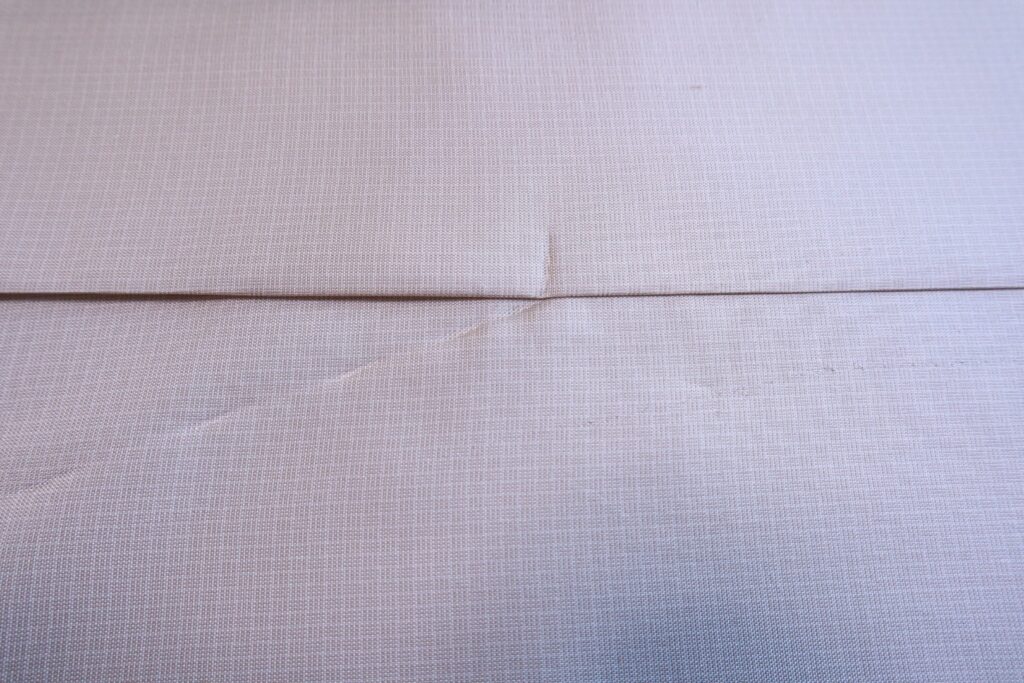
What kind of kimono requires “kise”?
All seams of Nagajuban, kimono, and haori must be closed seams and need Kise.
Coats, such as Michiyuki coats and Doucugi, do not need to be kise. Finish with open seams.
Reference Documents
The document includes three types of seam allowance used when sewing kimonos.
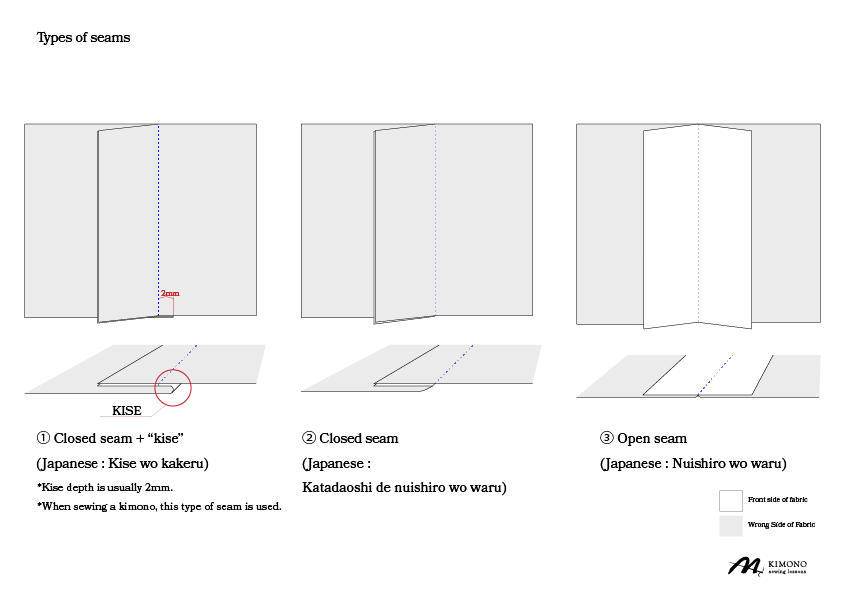
In Japanese
Kise wo kakeru : Make a closed seam and need kise and then iron the place.
Other kimono sewing terms
-
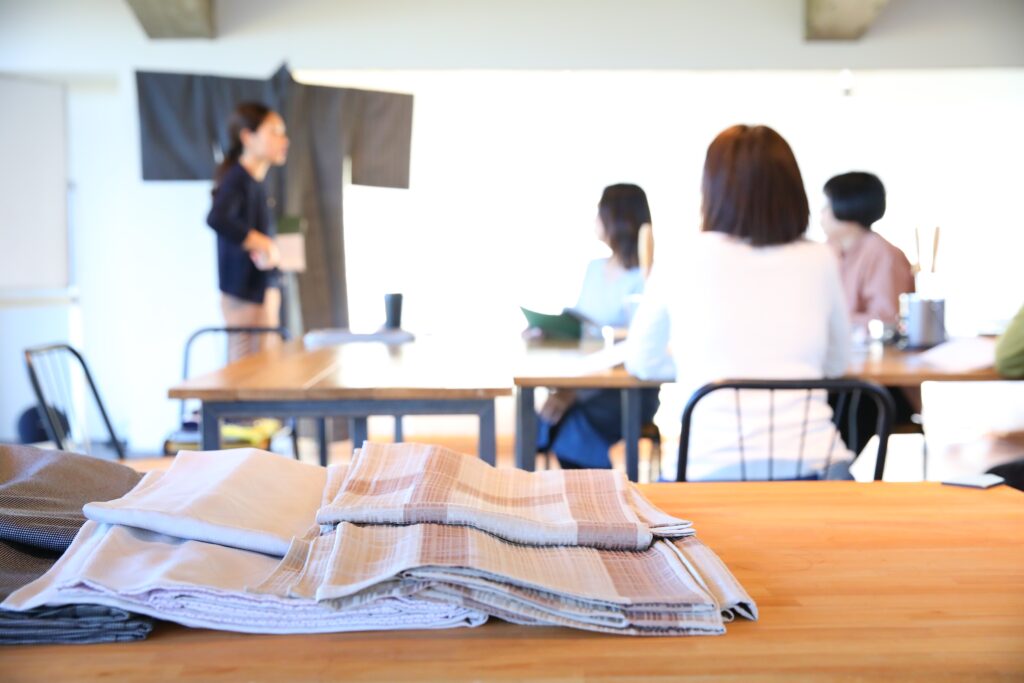 Sewing note
Sewing note
Rules for Expressing the Kujira-shaku Scale Using Only Numbers
In the world of kimono sewing, there are still many people who use kujira-shaku, and I am one of them.In this […] -
 Sewing note
Sewing note
Difference between “Senui (背縫い)” and “Sechushin (背中心)” : Kimono Sewing Terms Glossary
The words used for sewing a kimono and the words used for wearing a kimono are similar but definitely refer to […] -
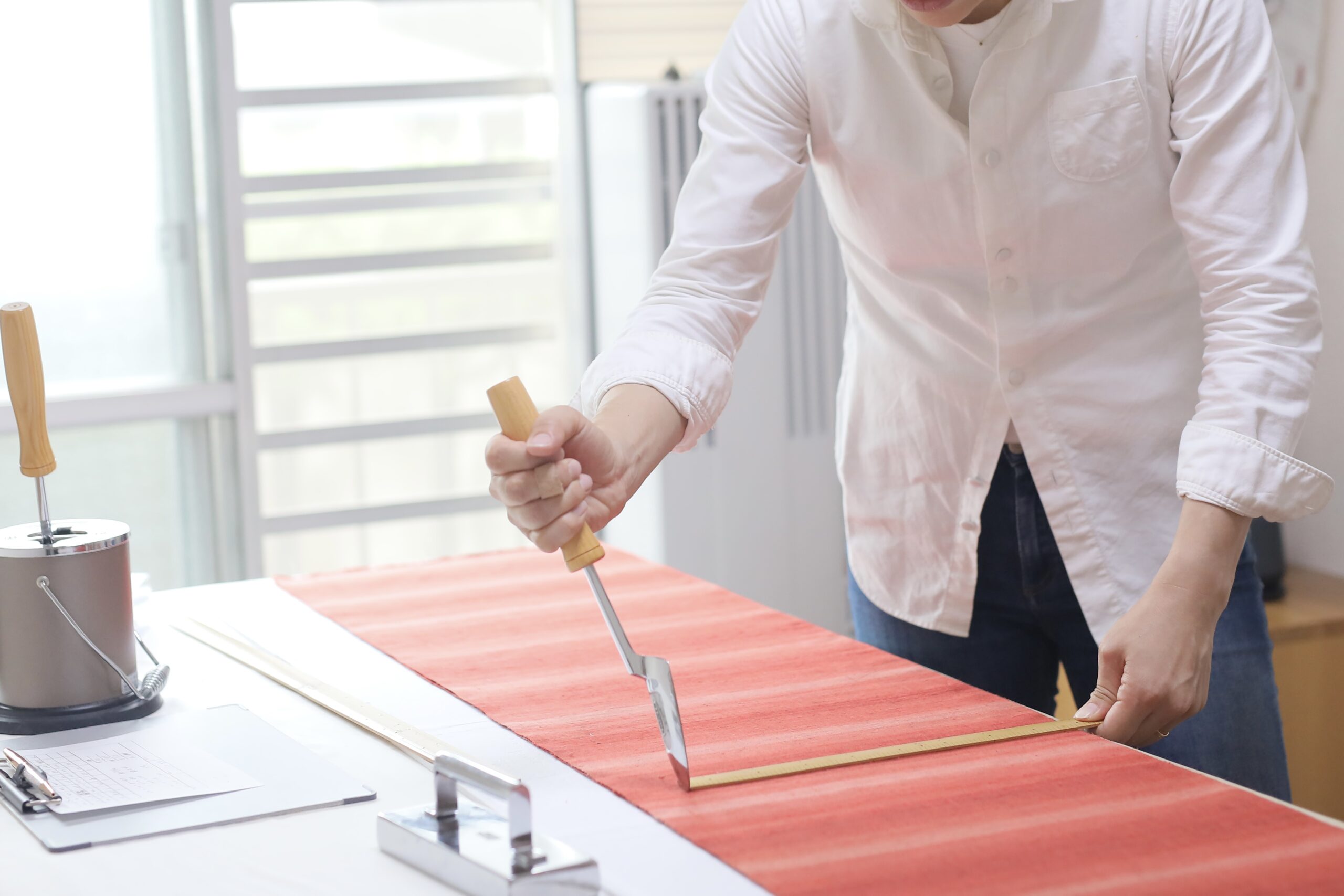 Sewing note
Sewing note
Conversion Formula Between cm and shaku
In kimono sewing, we use a unit called ” Kujira-shaku “.Here is the formula for converting cm to Kujira-shaku. […] -
 Sewing note
Sewing note
Single Thread and Double Thread : Kimono Sewing Terms Glossary
WASAI, the traditional way of sewing kimono, is done by hand without using a sewing machine. Here, I explain t […] -
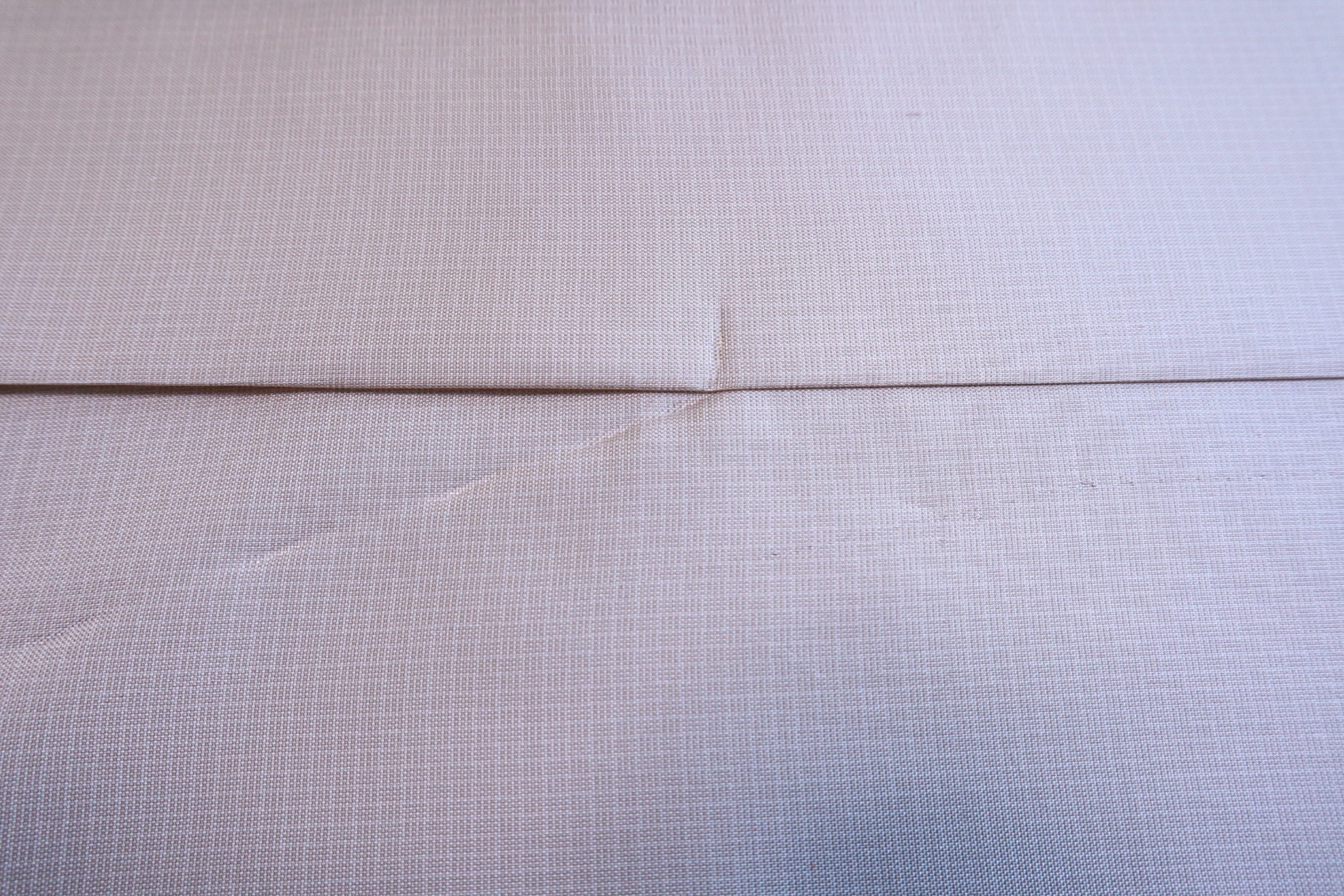 Sewing note
Sewing note
What is “ Kise ”:Kimono Sewing Terms Glossary
Closed seams and open seams are the two most common types of seams used in sewing, not only for kimonos, and a […] -
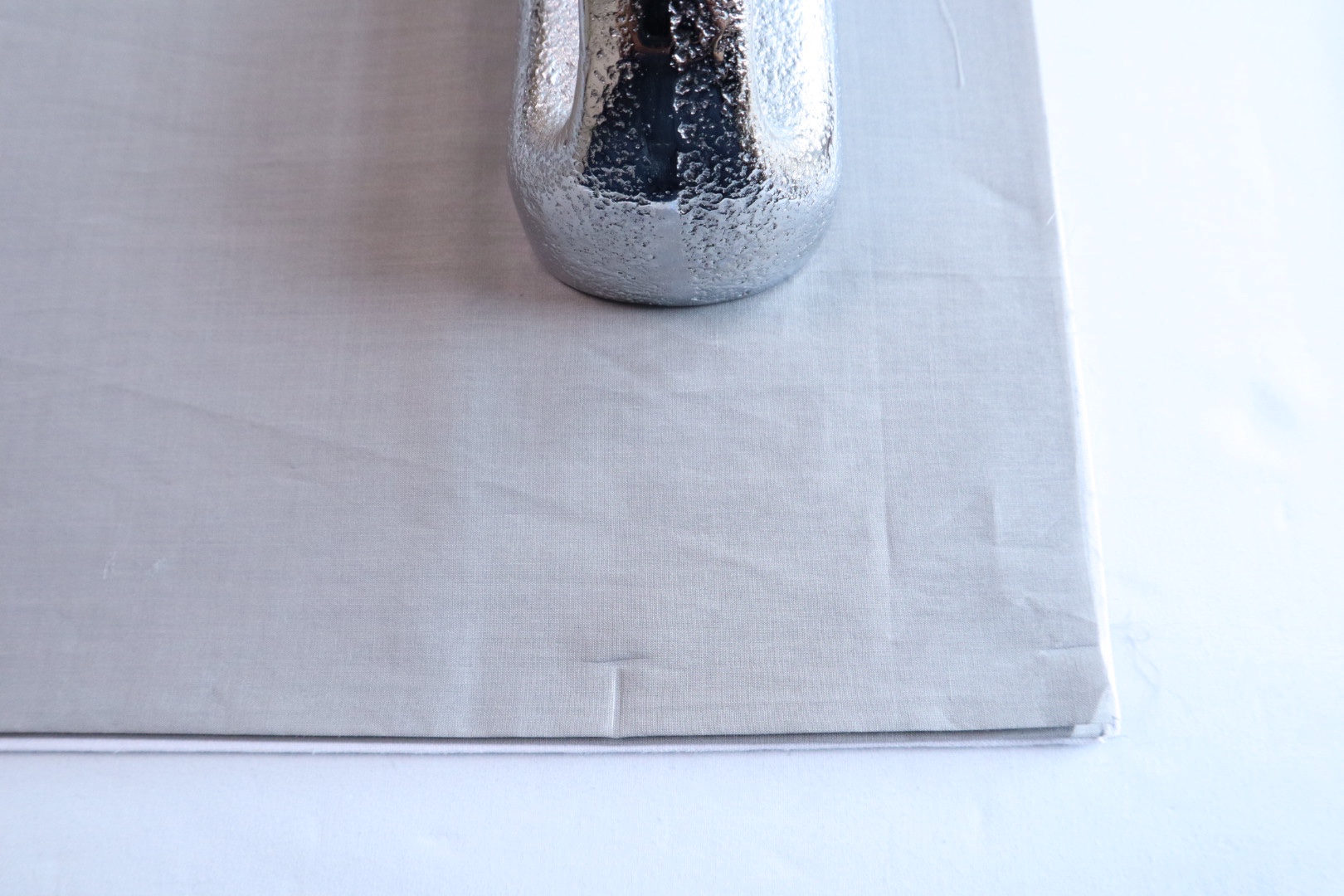 Sewing note
Sewing note
T and V marks are useful to know when sewing kimonos : Basics of Kimono Sewing -Marking-
In kimono sewing, which does not use patterns, T and V marks are used as landmarks for marking.In this time, I […]
Online store
Let’s have fun sewing kimonos
with M KIMONO!
You can sew kimono anytime, anywhere.
Here is an environment where you can learn kimono sewing wherever you are.
Click here for details >>> https://mkimono.tv/en/
